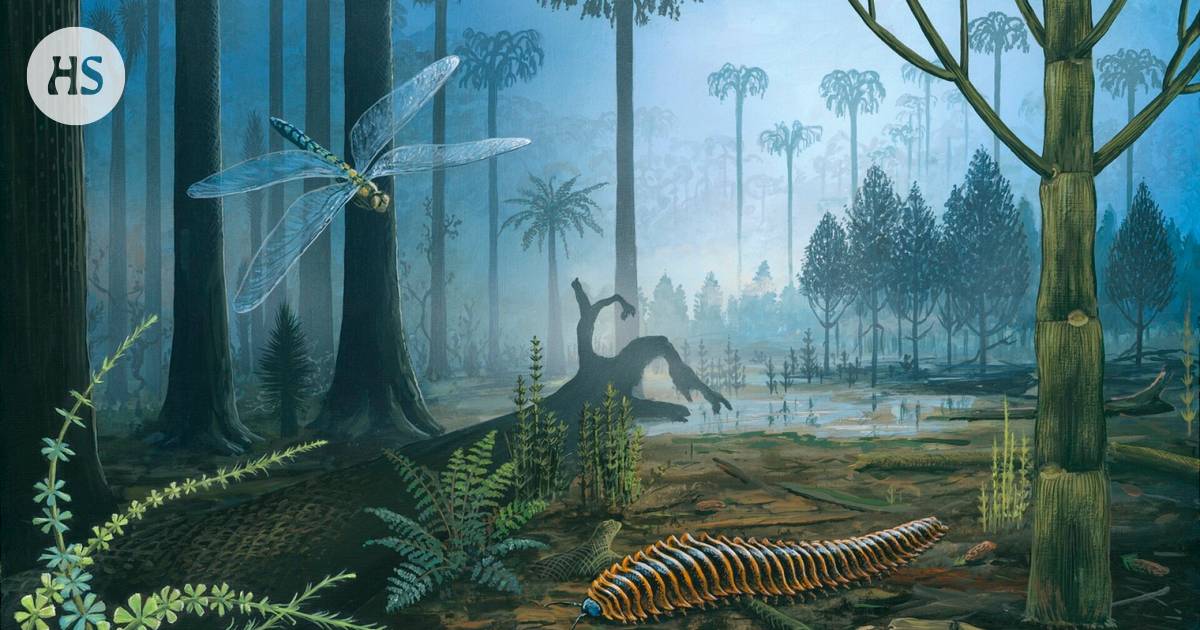Animals|From the two fossilized chicks, it was finally possible to determine what Arthropleura ate.
Se could be from a horror movie or a nightmare, but it’s true.
The largest centipede that lived on Earth Arthropleura was the size of a bear, more than two and a half meters long. As it went, it left a track-like trail on the ground.
The object has been in the public eye since the fossil discovery in 1854, and more than a hundred scientific articles have been written about it. Until now, however, only fragments have been found. Part of the essence must have been deduced – or imagined.
Thanks to two fossils found in France, we now know what this animal’s head looked like.
Individuals lived in the Carboniferous period 300 million years ago. A huge dragonfly and a metric scorpion are also known from the same period.
The species grew in size probably because the oxygen content of the air was almost twice as high as it is now and there was plenty of food.
Now examined Arthropleuran however, the fossils were small fry, less than four centimeters long when they died.
A fossilized small Arthropleura was found in Montreau-les-Mines, France. The fossil also contained a head.
The hatchlings had jaws and antennae similar to modern bipeds, which are herbivores.
On the other hand, they had webbed eyes and similar tweezer-like pincers to modern arthropods.
Amphibians are beasts, but Arthropleuran the head lacked structures that could be used to pin or inject poison into living prey.
From this, the researchers concluded that the giant Arthropleura was a beast but mostly ate plant waste.
Arthropleura in dorsal, ventral and cephalic views. Like bipeds, each body segment had two pairs of legs. The research group has produced the images based on fossils.
Author of the study Michael Lhérier of Lyon’s Claude Bernard University told the news agency Reuters that he is comfortable thinking of the creature as a kind of “Carbon Age cow”.
“It was a big animal that spent most of the day eating.”
The study was published last week In Science Advances. Together with genetic findings published last year, it confirms that today’s amphipods and amphipods are more closely related to each other than previously thought.
